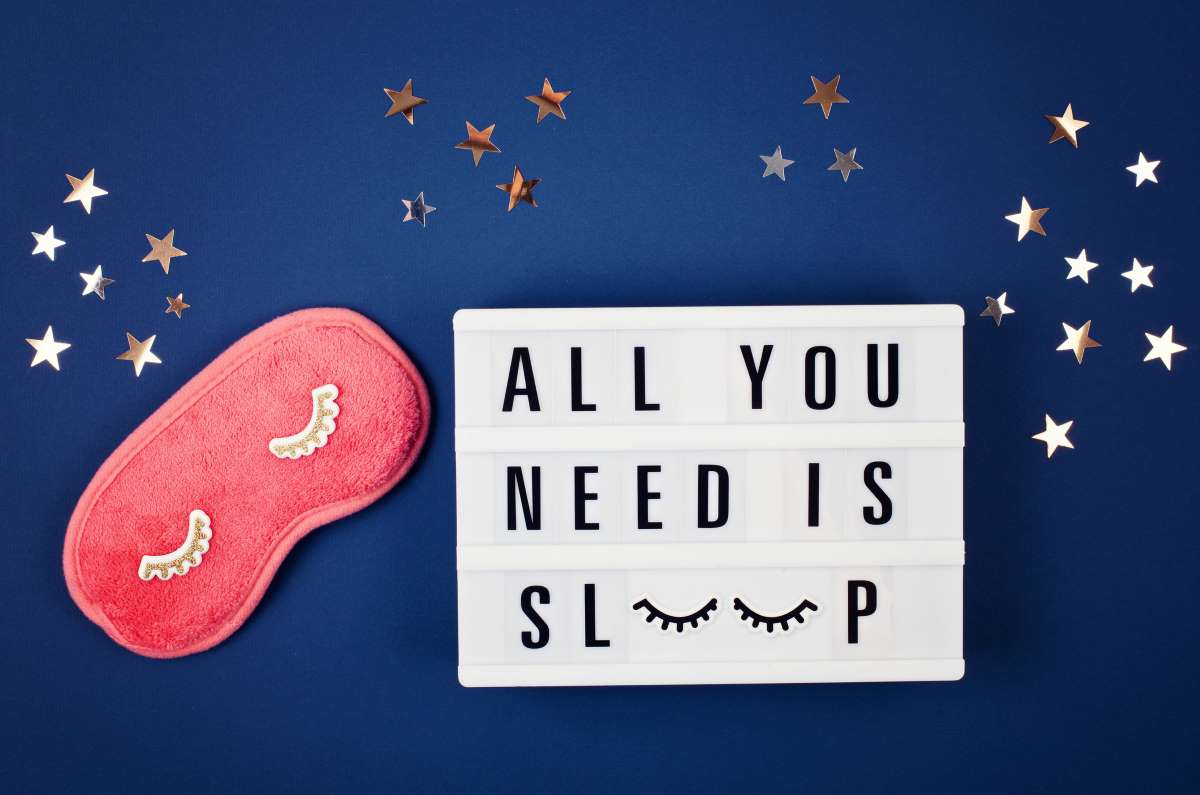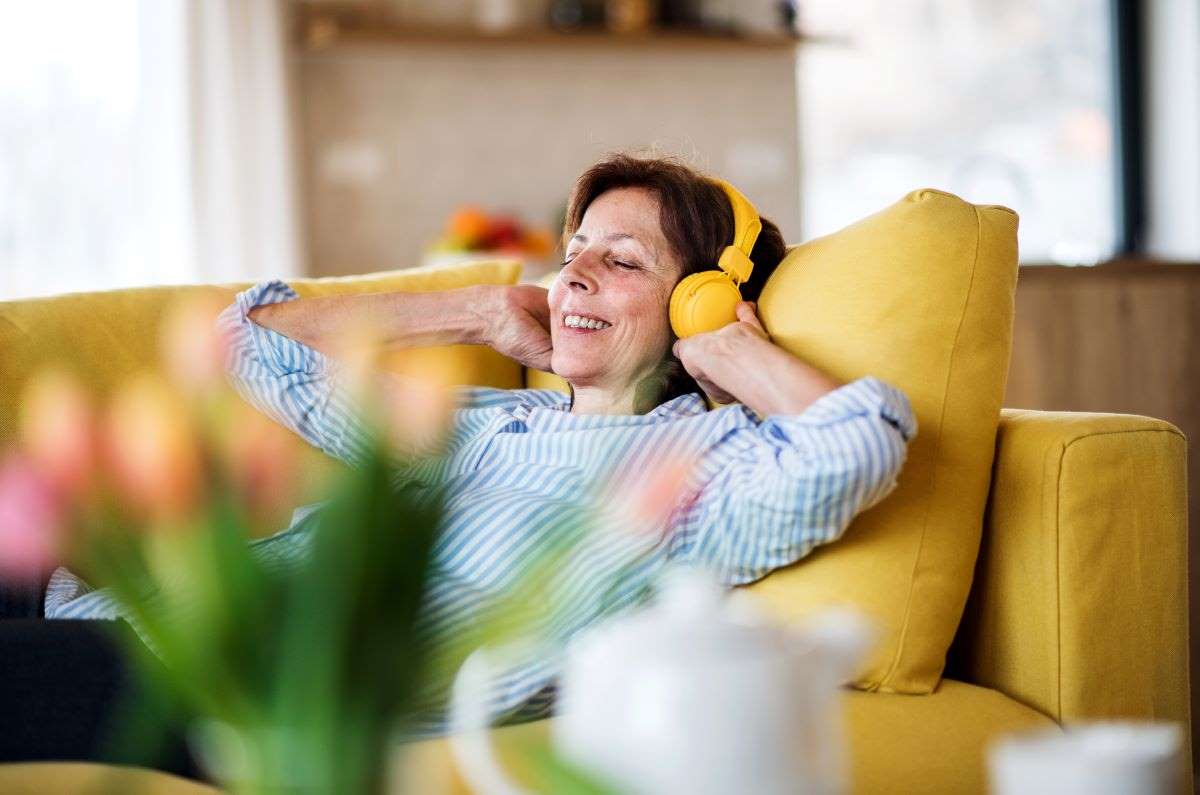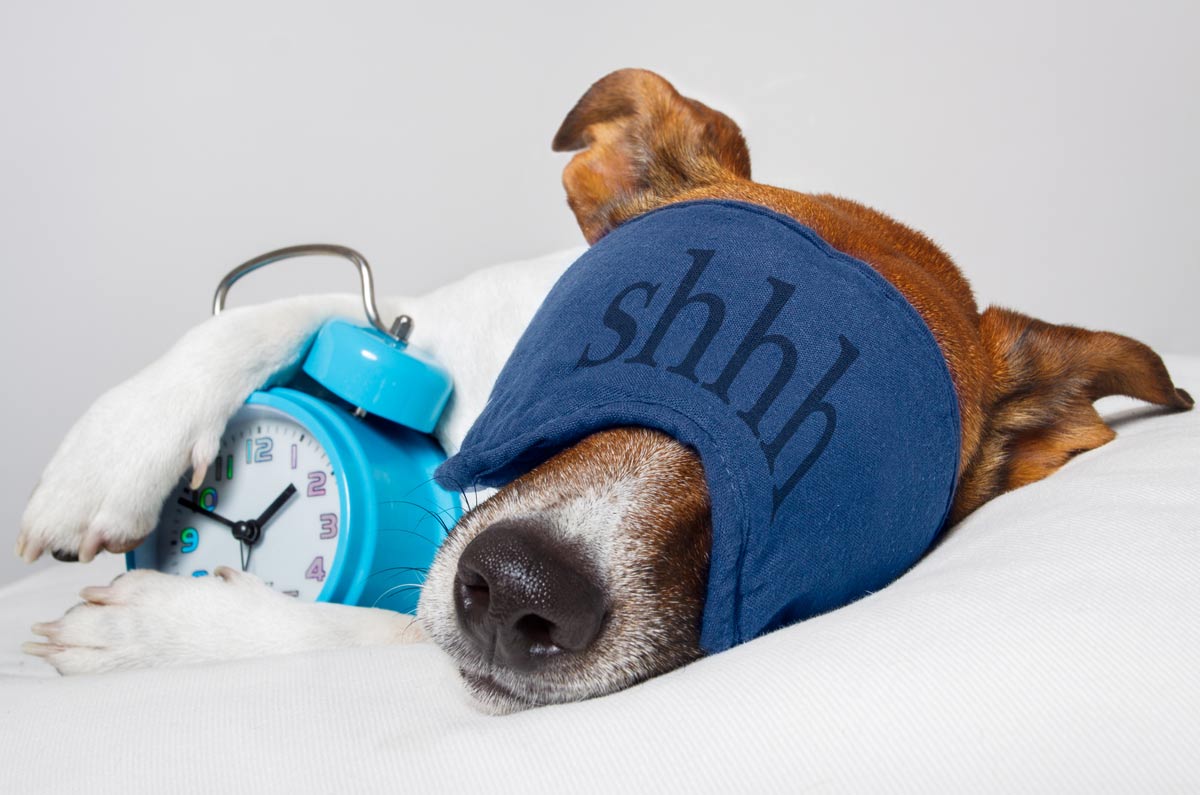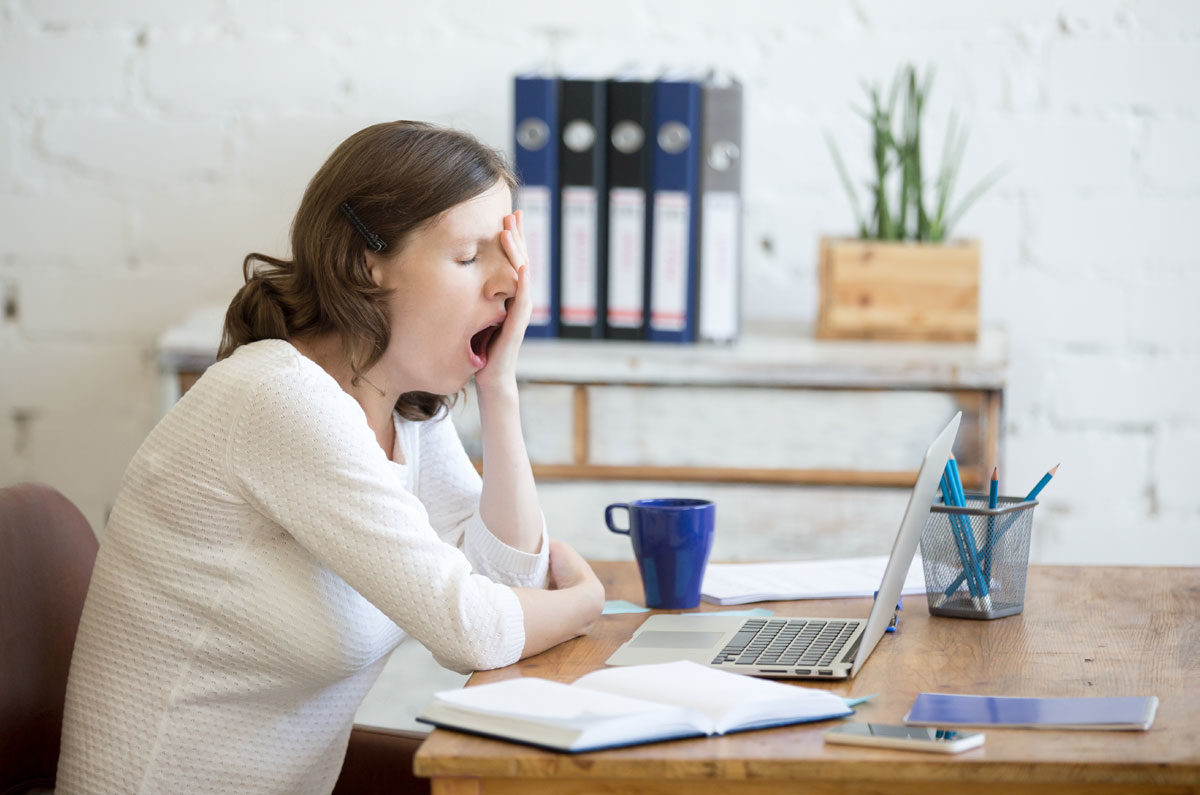It’s 2am and you’ve been tossing and turning for hours. You’re so tired, but you just can’t sleep. You lay on your left side, but your neck hurts too much in that position. So you roll on to your back, but your lower back aches. You turn on to your right side, and success (!) that feels ok. But now your knees hurt, your brain’s counting down the hours until you have to get up for work, and you need to go to the toilet. Sigh.
Sound familiar? We’ve all experienced the dreaded ‘painsomnia’ – or insomnia caused by persistent pain.
Without the distractions of our daily activities, the dark of night can become a long, painful expanse of time. Even when we’re exhausted, sleep can be elusive. It might take longer to fall asleep, we can’t get comfortable, we wake frequently, or we just don’t get enough sleep. Or all of the above.
When you add anxiety about sleep into the mix, it becomes a vicious cycle. Poor sleep lowers your pain threshold which affects the quality of your sleep. Pain can affect your ability to be active – which affects your sleep quality and your pain levels. This can make you anxious or stressed – which again will affect how well you sleep and the amount of pain you experience.
And when you’re stuck in this cycle, exhausted and in pain, it affects your mood, your ability to concentrate and it’s very easy to become depressed. So it’s important that you act quickly as soon as you start having issues sleeping.
The good news is there are many things you can do to break the cycle. The not-so-good news is they may not work immediately. And they’ll require some effort on your part. But they’re all tried and true ways to develop good sleep habits and get the good night’s sleep you crave.
- Acknowledge your painsomnia. Although it’s tempting to pull the covers over your head and ignore the problem, that won’t make it go away. Actually acknowledging the situation, and that there are things you can do to change it, is the first important step.
- Develop a sleep routine. There’s a reason we do this with babies and small children – it works! As often as possible, go to bed and get up at the same time each day. Your body will become used to this routine and you’ll find it’s easier to fall asleep and stay asleep.
- Manage your pain. You can’t have painsomnia if your pain is under control. Check out our A-Z pain management guide for simple, practical ways you can take control of your pain.
- Try some relaxation techniques. There are as many ways to relax as there are stars in the night sky (well, almost) so there’s bound to be something that suits you. Try a warm bath before bed, reading (though nothing too engrossing!), deep breathing, listening to music, mindfulness, or visualisation. These techniques will help you become more relaxed so that when you go to sleep, you sleep well.
- Exercise and be active during the day. As well as the many other benefits of regular exercise, it’ll help you fall asleep and stay asleep longer.
- Don’t look at the clock. Constantly checking the time can make you anxious, which makes it hard to sleep. Try removing your clock from the bedside, or cover it up at night.
- Manage your thoughts, all of the pesky voices in your head that are focusing on the things you need to do tomorrow, or the current state of the world, or the latest stress of the day. One way to deal with them is to write them down and get them out of your head. Put them down on paper and tell yourself you’ll deal with them tomorrow when you’re rested and have the brain power to deal with them.
- Get out of bed. Don’t lie in bed tossing and turning. Have a warm drink (e.g. milk, no caffeine), do some gentle stretches or breathing exercises and go back to bed when you feel more comfortable.
- Avoid tech before bed. It’s easy to get caught up in news, social media and emails, and before you know it you’ve lost a few hours. Also the blue light on our devices suppresses the hormone (melatonin) that makes us sleepy at night, so be sure to stop screen use at least one hour before bed. That being said, there are some useful apps that may help you with your painsomnia – including sleep diaries, apps that provide soothing sounds to help block out other noises (like traffic or snoring), and apps that help you relax so you fall asleep more easily.
- Consider cognitive behavioural therapy for insomnia (CBTI). This is a therapy that aims to challenge and change unhelpful ways of thinking about sleep. It also changes your behaviours when it comes to sleep. Find out more about CBTI in this article from the Mayo Clinic.
- Evaluate your environment. What’s your bed like? Too hard, too soft or just right? Do you need to make some changes to your mattress, pillows and/or linen that will make your bed as comfortable as possible? Is there too much light or noise? Can you control that with simple fixes such as eye masks or earplugs? Is your room too hot? A slightly cool room is the best for a good night’s sleep. Consider all of these things as you take a long, hard look at your bedroom.
- Get professional help. If pain is constantly keeping you awake at night, talk with your doctor about other things you can do to manage your pain and get some decent sleep.
Call our Help Line
If you have questions about things like managing your pain, COVID-19, your musculoskeletal condition, treatment options, telehealth, or accessing services be sure to call our nurses. They’re available weekdays between 9am-5pm on 1800 263 265; email (helpline@msk.org.au) or via Messenger.
More to explore
- Sleep
Musculoskeletal Australia - Getting a good night’s sleep
Musculoskeletal Australia - How to sleep well despite chronic pain
Pathways - Painsomnia: What to do when ankylosing spondylitis keeps you up at night
Everyday Health - Sleep hygiene
SleepFoundation.org























